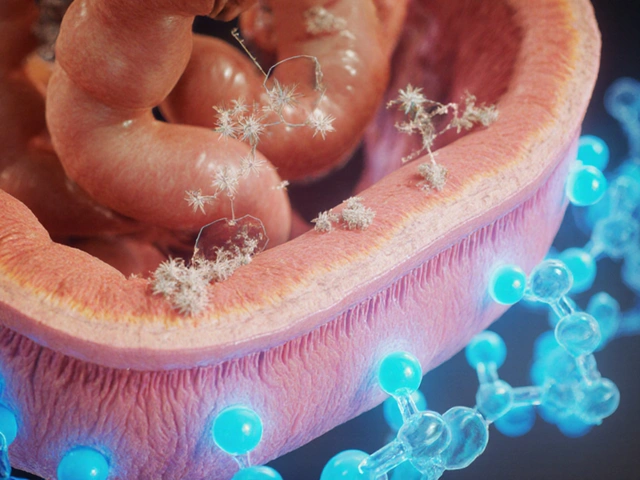Dosing and Safety: Real‑World Tips for Meds and Supplements
Getting the dose right can mean the difference between relief and trouble. Whether you’re pulling a pill from a bottle or buying a supplement online, a small mistake can cause side effects, interactions, or wasted money. Below you’ll find straightforward steps to check doses and stay safe, plus quick highlights from our most‑read articles.
How to Check the Right Dose
First, read the label or prescribing information – the recommended range is usually there. Next, match the dose to your weight, age, kidney and liver function; seniors and kids often need lower amounts. If the drug’s label lists a “starting dose,” begin there and only increase if your doctor says it’s okay. Always double‑check the unit (milligrams vs micrograms) before you swallow.
Safety Checklist for Buying Online
Buying medicines on the internet is convenient, but scams are common. Use a pharmacy that requires a valid prescription and shows a physical address. Look for a pharmacy license number and verify it with your national regulator. Beware of prices that seem too good to be true – they often hide counterfeit products. When in doubt, call the pharmacy and ask for proof of licensing.
Generic Ativan (Lorazepam) – The safe adult dose is 0.5‑2 mg up to three times a day. Watch for drowsiness and avoid mixing with alcohol. Our guide explains how to spot legit online sellers and red flags to avoid.
Aciphex (Rabeprazole) – For GERD, 20 mg once daily is typical. Higher doses increase the risk of low magnesium and bone fractures. Take it before a meal and don’t chew.
Bupron SR (Bupropion SR) – Start with 150 mg daily, can rise to 300 mg. It can raise blood pressure, so regularly check your numbers, especially if you have hypertension.
Sartel (Telmisartan) – Common dose is 40‑80 mg once daily for high blood pressure. Combine with a low‑salt diet, and if you feel dizzy, stand up slowly to avoid falls.
Noni Juice – Safe intake is 30‑60 ml per day. Larger amounts may upset the stomach or interact with blood‑thinners. Choose products with no added sugars.
Selenium for Graves’ Disease – 100‑200 µg daily can help eye symptoms, but exceeding 400 µg raises toxicity risk. Check blood levels before you start.
Azelaic Acid for Seborrheic Dermatitis – Apply 15‑20 % cream once or twice daily. It may cause mild burning; start with a small patch test.
Star Anise Supplements – 1‑2 g of powdered seed per day is enough for immune support. High doses can affect liver enzymes, so keep within the limit.
Pyruvate for Weight Loss – 2‑3 g daily mixed in water works for most people. It’s not a magic bullet; pair it with diet and exercise, and stop if you notice stomach cramps.
Yoga and stretching for scar healing also need a safety plan. Begin with gentle poses after the incision has fully closed (usually 4‑6 weeks). Gradually increase stretch intensity and stop if you feel sharp pain or see redness.
Bottom line: the right dose, the right source, and a quick safety check keep you on track. Use this page as a cheat sheet, and whenever you’re unsure, reach out to a pharmacist or your doctor before you start.

Tannic Acid Supplement: Benefits, Risks, and How to Use It Safely (2025 Guide)
Curious about tannic acid supplements? Learn what they are, real benefits, risks, dosing, and how to choose a quality product-clear, evidence-backed, 2025-ready.
Aug 13 2025




